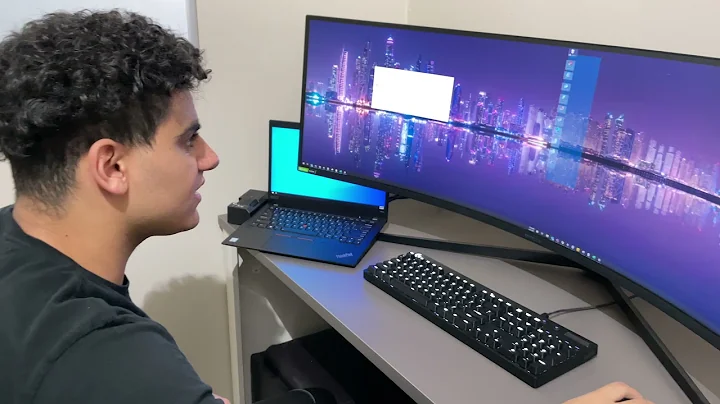2560x1440 resolution over HDMI with a laptop with NVIDIA Optimus and Ubuntu 15.10
2560x1440 resolution is only possible via DisplayPort.
Note that the "hacks" on the net aren't supported on most models of displays.
Despite in your case it was possible, linux only supports "official" modes AFAIK.
Related videos on Youtube
borellini
Updated on September 18, 2022Comments
-
borellini over 1 year
I attached a new 2560x1440 display (Dell P2416D) with HDMI to my dual-booting laptop (Asus N56VJ) that has NVIDIA's dual-GPU technology.
In Windows 8.1 I got the display to run with its native resolution and 60 Hz refresh rate by creating a custom resolution in NVIDIA settings. The display menu also shows that it is running 2560x1440 @ 60 Hz, so no downscaling is involved.
However, in Ubuntu 15.10 I have had no luck enabling the native resolution. The display settings widget is only offering picture sizes up to 2048x1152, and running Xrandr fails in the following way:
fabio@fabio-N56VJ:~$ xrandr --newmode 2560x1440 311.825 2560 2744 3024 3488 1440 1441 1444 1490 +hsync +vsync fabio@fabio-N56VJ:~$ xrandr --addmode HDMI-0 2560x1440 X Error of failed request: BadMatch (invalid parameter attributes) Major opcode of failed request: 140 (RANDR) Minor opcode of failed request: 18 (RRAddOutputMode) Serial number of failed request: 36 Current serial number in output stream: 37I have tried modelines generated by the
gtftool, and ones based on Windows settings exported by PowerStrip.I am running the latest NVIDIA binary drivers available in Ubuntu, meaning
nvidia-352.My HDMI cable supports specification version 1.4, too, although that should not be the problem since display is running fine on Windows.
Is there a way I could force X.org or Xrandr to force set the mode, or another way to get to use the display without scaling?
-
 Sebastian Barth over 8 yearsMight be related to: askubuntu.com/questions/718331/…
Sebastian Barth over 8 yearsMight be related to: askubuntu.com/questions/718331/…
-
-
borellini over 8 yearsThanks, this is a good answer, but even 30 Hz did not solve the original problem yet.







